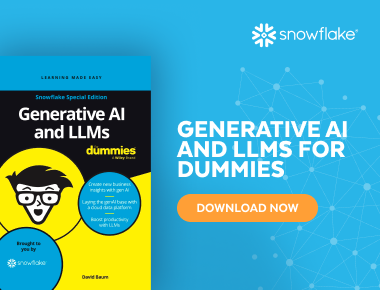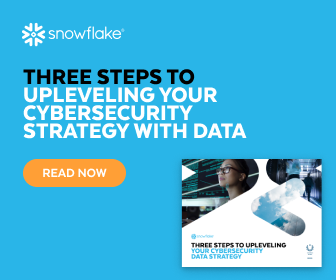Row-Level Security: Tying Data Access to User Identity
Row-level security (RLS) allows administrators to restrict database access to specific rows of data rather than entire tables. This capability is vital in scenarios where a database contains sensitive information, and when different users or groups of users should only be able to view or manipulate certain rows based on their roles or permissions. Users will see different subsets of data in the same table, depending on their permissions. In this article, we’ll examine how row-level security works and the ways it differs from column-level security (CLS). We’ll also highlight four benefits of including it as part of your data governance architecture and share four practical examples of how it can be used.
What is row-level security?
Relational databases store data in tabular format using rows and columns. Rows represent a specific value, while columns represent an individual attribute of those values. Row-level security restricts data access at the row level, providing or restricting access based on a user’s role or permissions. When a query is executed, the database dynamically applies the access restriction logic, presenting the user with only the data they are authorized to view or edit.
By restricting access at the database level, administrators can ensure their data access policies are applied consistently regardless of which application tier is used. Although row-level security is not a comprehensive data access control system on its own, it can serve as an important part of a broader system.
Row-level security vs. column-level security
Row-level and column-level security work in similar ways, with each applying data security rules at the database level at the time a query is made. However, column-based security is less granular, restricting access at the column level rather than at the row level. Compared to column-level security, securing data at the row level is a more precise method for managing data access.
Benefits of using row-level security
Row-level security provides several advantages over traditional access control techniques. RLS helps organizations build stronger, more reliable data access controls.
Improved data security and privacy
Row-level security gives database administrators fine-grained control at the most basic unit of data. By defining granular access rules that restrict data access on a per-user or per-role basis, RLS can substantially reduce the chances of unauthorized data exposure. Row-level security can also simplify an organization’s data architecture, allowing data with different security requirements to be stored together in the same database or table.
Streamlined compliance
Implementing row-level security enables organizations to comply with data privacy regulations like GDPR, HIPAA and FERPA (Family Educational Rights and Privacy Act), providing a means for limiting data access to a need-to-know basis. With automated enforcement, RLS is a reliable tool for protecting privileged information and can be used to demonstrate compliance with relevant government and industry regulations.
Flexibility in defining rules
Row-level security provides many options for creating highly customized rules. Administrators can restrict access using attributes such as user role, department and physical location, or by the type of data being accessed.
Centralized access control
Because it’s implemented at the database level, row-level security is more reliable and less error-prone than app-layer access controls that restrict data access at the application level. Rules are applied consistently at query run time no matter which application tier is used.
Row-level security use cases
Sensitive data is used in a variety of industries and across many departments within a given organization. Database administrators use row-level security in a variety of use cases to ensure only those with a need to view and edit data can do so. Here are a few examples of how RLS is used.
Human resources
Human resource departments collect and store large amounts of information on employees, including salary levels, disciplinary reports, social security numbers and, in some cases, even medical records. Row-level security can be used to restrict access to highly sensitive data, providing access to only those HR employees who require it to complete their work.
Healthcare
HIPAA regulates the disclosure of patient health data, laying out stringent requirements designed to protect patient privacy. Healthcare systems use row-level security to ensure physicians and nurses, as well as other providers, can only access the data relevant to their particular patients. Row-level security can also be used to customize the level of patient data access by position, such as providing doctors with greater access than front-office appointment schedulers.
Retail
For large retailers with a global footprint, restricting data access geographically is an important part of complying with location-specific data sovereignty requirements. Row-level security can also be used to filter data by department, ensuring that employees only have access to view or edit data relevant to their work.
Finance
For financial institutions with a presence in multiple regions, data localization can help them comply with specific privacy laws and regulations, such as GDPR. Banks can leverage row-based security to localize data access, for example, providing their data analysts, underwriters and other personnel with customer data from only the region where they reside.
Enforce row-level security with Snowflake Horizon
Snowflake Horizon is Snowflake’s built-in governance solution with a unified set of compliance, security, privacy, interoperability and access capabilities in the Data Cloud. With Snowflake Horizon, organizations can enforce row- and column-level security across clouds with role-based access control and policies, eliminating the need to manage multiple versions of the same data. Furthermore, you can secure your environment with continuous risk monitoring and protections.

